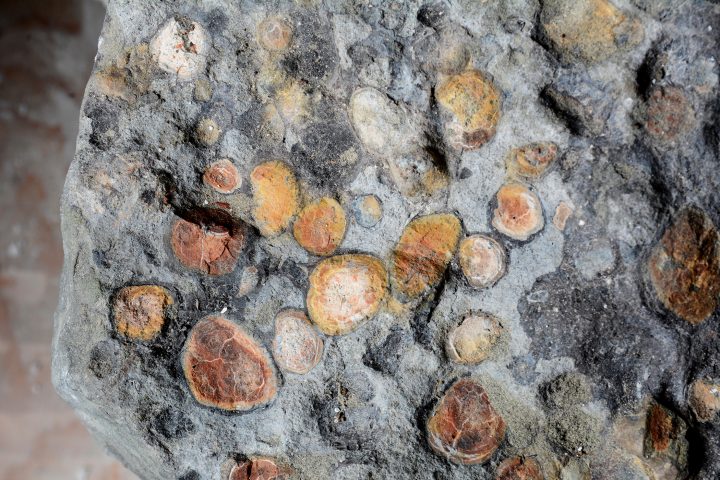It’s been about 112 million years since a recently-discovered dinosaur roamed the earth, but it’s now getting worldwide notoriety.

The fossil was first discovered in 2011. It was buried deep in the ground and was found at an oil sands mine in Fort McMurray.
“What they found was a beautifully preserved skeleton of an armored dinosaur, so an ankylosaur,” Royal Tyrrell Museum curator Caleb Brown said.
Preparator Mark Mitchell spent over five years cleaning and removing rock from the specimen to expose the fossil. The new species was named Borealopelta markmitchelli meaning ‘northern shield’ and also recognizing Mitchell’s thousands of hours of work.
The discoveries found within the fossil have since astonished researchers.
The dinosaur lived on land, but was discovered within marine rocks. It was likely swept out to sea after it died.
“It’s called the Clearwater Formation where the specimen was preserved and that sits upon the oil sands,” Brown said.
It was buried within fine sediments which potentially helped with its preservation.
It wasn’t just the bones that were found. Skin and a fingernail-type material were recovered, but a preserved stomach has been what’s getting the most attention.
This is the first time scientists have been able to conclusively see an animal’s last meal from this time period.
“It can be argued very strongly that they are stomach contents,” Brown said.
The paleontology team turned to researchers at Brandon University and the University of Saskatchewan (USask) to look at the meal at a microscopic level.
The stomach was about the size of a basketball and looking inside gave researchers a glimpse into what the dinosaur’s world looked like.
There were rocks the animal ate most likely to help with digestion and a lot of fern leaf fragments. Surprisingly, about 6 per cent of the stomach’s contents were charcoal.
“We then interpret that as meaning that the animal was living in a burned landscape choosing (to eat) ferns that were coming up-post forest fire,” USask geologic science professor Jim Basinger explained.
“It was deliberately seeking out, occupying and feeding in a burned landscape.”
Basinger said this is something modern-day herbivores do — taking advantage of the regrowth after a forest fire.
Recently, CNN listed the discovery of the dinosaur’s last meal as one of ‘science’s most fascinating and awe-inspring discoveries in 2020′. National Geographic included it as part of ’10 awesome science discoveries you may have missed in 2020’.
Basinger said the recognition has been gratifying, as scientific research can sometimes be overlooked.
“It gives you a refreshed purpose. You don’t feel that you’re working alone in a lab and no one cares. You’re actually doing something that has meaning to people,” he said.
The Borealopelta markmitchelli’s last meal won’t be the only discovery from the animal.
“That’s just the start. There’ll be more research papers about this specimen as time goes on,” Brown said.
The fossil will be on display at the Royal Tyrrell Museum in Drumheller, Alta., once it reopens.




Comments